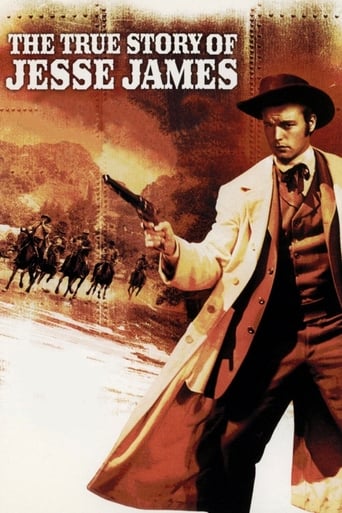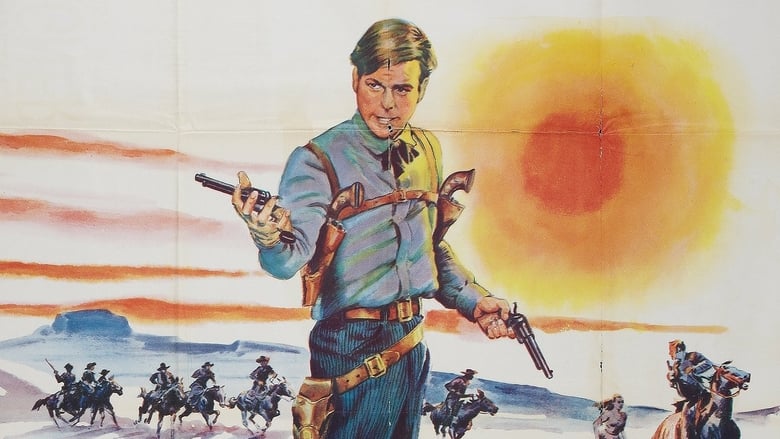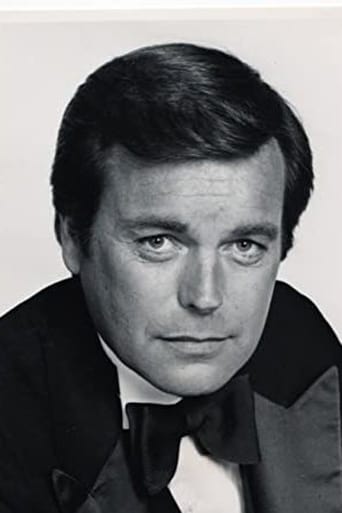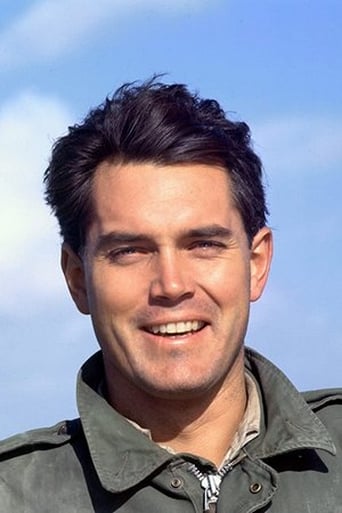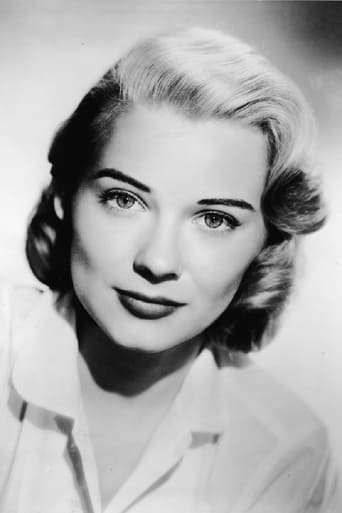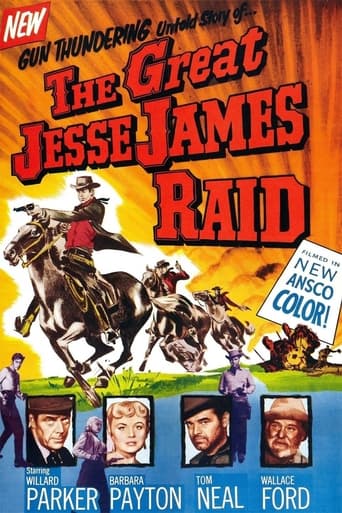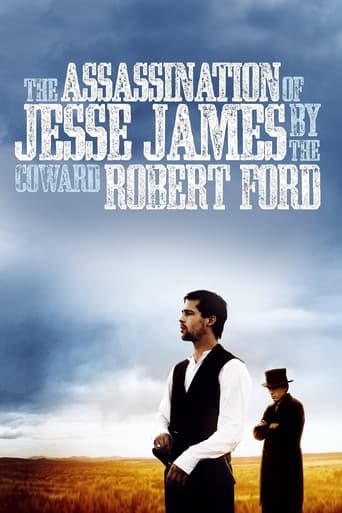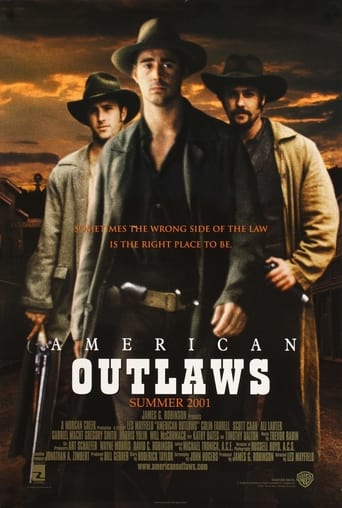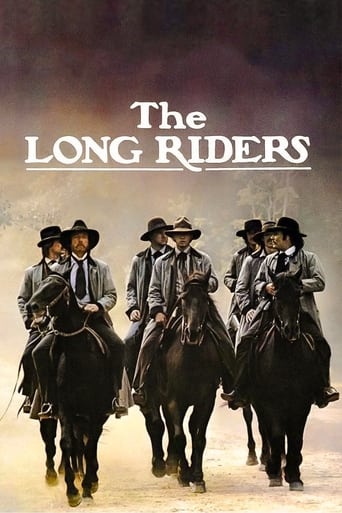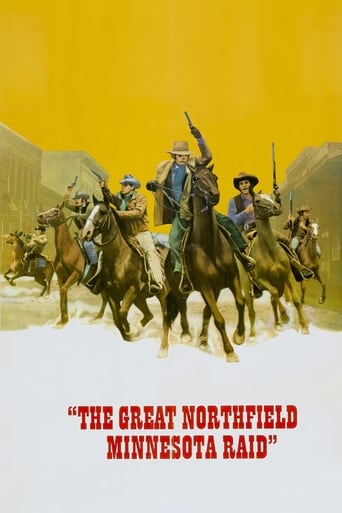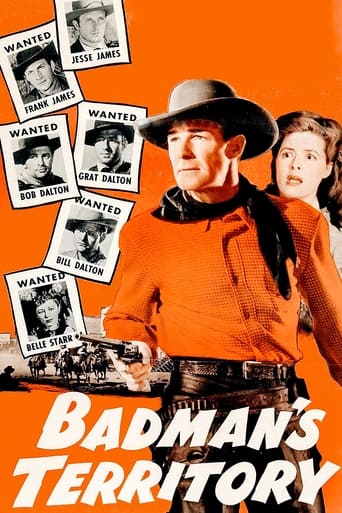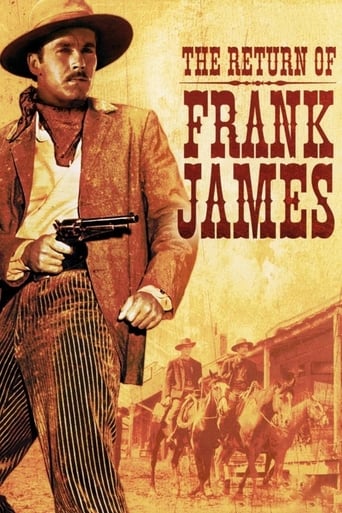The True Story of Jesse James (1957)
Having fought with the Confederacy during the Civil War, Jesse James and his brother Frank dream of a farm life in Missouri. Harassed by Union sympathizers, they assemble a gang of outlaws, robbing trains and becoming folk heroes in the process. Jesse marries his sweetheart, Zee, and maintains an aura of domesticity, but after a group of lawmen launch an attack on his mother's house, Jesse plans one more great raid -- on a Minnesota bank.
Watch Trailer
Free Trial Channels
Cast


Similar titles
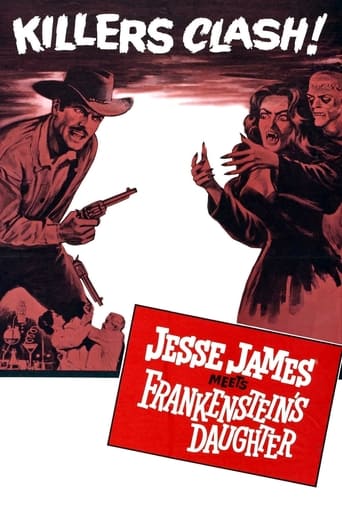
Reviews
Self-important, over-dramatic, uninspired.
Let's be realistic.
n my opinion it was a great movie with some interesting elements, even though having some plot holes and the ending probably was just too messy and crammed together, but still fun to watch and not your casual movie that is similar to all other ones.
Exactly the movie you think it is, but not the movie you want it to be.
That word 'True' in this film's title got my alarm bells ringing. They rang louder when a title card referred to America's Civil War as the 'War Between the States' (the circumlocution preferred by die-hard southerners). Jesse James -- thief, slave-holder and murderer -- is described as a quiet, gentle farm boy.How dishonest is this movie? There is NO mention of slavery, far less of the documented fact that Jesse James's poor widdered mother owned slaves before the war, and that Jesse and his brother Frank actively fought to preserve slavery. According to this movie, all those Civil War soldiers were really fighting to decide whether Missouri is a northern state or a southern state ... that's ALL. (Missouri: It's a candy mint! It's a breath mint!) Black people are entirely absent from this movie, except for two glimpses of a pair of beggars, one of whom wears a "HELP THE POOR" sign that's very implausibly typeset instead of handwritten. (Some shots of 19th-century newspapers are inaccurate too, with 20th-century type fonts.)This film has a weird flashback structure. There's some very impressive stunt riding (and some fine work by stunt horses), and one excellent montage. I savoured one line of dialogue: 'Some of those boys will never taste beans again.' The movie gets a few facts straight: Agnes Moorehead, as Jesse's mother, conceals her right arm in the scenes following the raid by the agents of Pinkerton (here called 'Remington') in which Jesse James's real-life mother suffered injuries requiring the amputation of her lower arm. Some errors here are pardonable: during his bushwhacking days, the real Jesse James accidentally shot off part of his left middle finger, but Robert Wagner (in the title role here) does not have a stumpfinger. I've seen a photo of Jesse James's real wife; if she had looked half as glamorous as Hope Lange looks in this movie, Jesse James might have stayed home more.There's plenty of revisionism here, and most of the male actors wear 1950s hairstyles. But many of this movie's errors were avoidable. Jesse James's mentor William Quantrill is mentioned several times, but all the actors mispronounce his name. We see Jesse and his wife moving into an elaborate two-storey house (where he will soon die) after paying a rent of $18. Actually, Jesse James's last residence (at 1318 Lafayette Street, St Joseph, Missouri) was a simple one-storey cottage, renting for $14. There was no upper storey ... so, when Jesse James is killed, his wife could not come running from upstairs as Hope Lange does here. (She was actually in the kitchen.)One continuity error: Robert Wagner (with no stunt double) does an impressive job of taking a slug to the jaw and falling over while his hands are tied behind his back ... but when he gets up, the rope binding his wrists has vanished.The screenplay does some weird and unnecessary juggling of dates. Following the Northfield robbery attempt, Jesse says he expects to get home by his birthday. The actual Northfield bank raid by the James Gang (7 September, 1876) was two days AFTER Jesse James's birthday. (Maybe he meant next year's birthday.) Later, we see Jesse and his wife moving into their St Joseph home on a fine summer day, while Jesse tells her what he plans to do when Christmas Eve arrives ... but in real life, Mr and Mrs Jesse James moved into that house on 24 December, 1881 ... so this scene should *BE* on Christmas Eve! These errors were entirely avoidable.Some of the fictionalisations here don't make sense. According to this movie, the Northfield bank raid failed because one (fictional) henchman was late in cutting the telegraph wires. If this had actually happened, it would indeed have hampered the James Gang's getaway ... but it wouldn't have affected the robbery itself, which failed for other reasons.There are good performances here by Jeffrey Hunter (as Frank James), Moorehead, Alan Hale Jnr (as Cole Younger) and by stage actress Marian Seldes in a rare screen role. I was disappointed by Robert Wagner, normally an under-rated actor. Elsewhere, Wagner has proved his impressive range by convincingly portraying heroes, villains and morally ambiguous characters. Here, he can't seem to decide whether to depict Jesse James as a goodie or a baddie ... so he doesn't much bother. John Carradine phones in his performance in a brief role as a fictional jackleg preacher who baptises Jesse and his wife at their wedding. In fact, Jesse James was baptised in childhood by his uncle, a Methodist minister ... but perhaps this second baptism is a topping-up.Jesse James was no Robin Hood. (I doubt that Robin Hood was Robin Hood either, but that's another story.) There is not one single documented instance of Jesse James ever sharing his loot with anyone beyond his own family. After some of his hold-ups, he didn't even split the swag with the rest of his gang. In this movie, Jesse gets gunned down right after he vows to give up his bandit ways forever. In reality, the night before his death, Jesse James and the Ford brothers stole horses that Jesse planned to use the next day in a robbery of the Platte City bank. As preparation for most of his robberies, Jesse James stole horses from local farmers ... the same poor folk who (in the inaccurate legends) were supposedly the beneficiaries of his largesse. I cringed at one scene here, in which the fictional Jesse James is so gol-durn refined that he disapproves of an oil painting which tastefully depicts nudes.'The True (not much!) Story of Jesse James' is wilfully dishonest about a thieving murderer, and likewise dishonest about the Civil War. For the very impressive stunt work, one good montage and a few fine acting turns, I'll rate this obscenely dishonest movie 2 points out of 10.
Fox's "The True Story Of Jesse James" (1957) is a remarkably poor widescreen remake of their prestigious 1939 Tyrone Power/Henry Fonda classic "Jesse James". I'm not sure where the fault lies but the casting in this version of the two central characters, the uneven direction of Nicholas Ray and the ham-fisted screenplay must surely have something to do with it.In the late thirties and forties Tyrone Power was Fox's top leading man but in the fifties his star began to wane and studio head Darryl Zanuck started to groom newcomer Robert Wagner to take his place. This was a major error on Zanuck's part as Wagner proved to be a less than a suitable replacement. With the possible exceptions of "Broken Lance" (1954) and "Between Heaven & Hell" (1956) it is hard to think of Wagner distinguishing himself in anything! Also, Jeffrey Hunter was nothing more than a Fox contract player before being assigned to play Frank James to Wagner's Jesse in "The True Story Of Jesse James". Borrowed from the studio the previous year this actor's one distinguishing mark was his excellent and revealing performance in John Ford's classic "The Searchers". But his playing here, along with Wagner as the second half of the James Brothers, is nothing short of boring. Neither player bring any personality or colour to their respective roles. They totally miss the mark, lacking the charisma and appeal so vividly displayed by Power and Fonda in the original. The movie is also marred by too many flashbacks and with the all over the place screenplay Wagner, as the Robin Hood of the American west, comes across as a charmless introverted twit that you can feel no empathy for whatsoever. The supporting cast are hardly worth mentioning but it is a shame to see such a great actress as Agnes Moorhead barely getting a look in as Ma James.The best aspects of this uninvolving so-so western is the wonderful Cinemascope/Colour cinematography by the great Joe McDonald and the excellent music score by the underrated and little known composer Leigh Harline!
20th Century-Fox and screenwriter Nunnaly Johnson's belated follow-up to their high-spirited and excellent 1939 smash hit JESSE JAMES has returned on DVD to annoy and bore another generation.The 1957 True Story of Jesse James isn't such a bad movie, but it's inferior in every way to the 1939 movie as well as the 1940 sequel Return of Frank James. Also, the "true story" is no more historically factual than the revisionist history original. Just do a Google search and see what I mean.Robert Wagoner and Jeffery Hunter were the pretty boys of 1957 but can't hold a candle to the excellent portrayals of Frank and Jesse by Tyrone Power and Henry Fonda. Screenwriter Nunnally Johnson wrote both, but was obviously more fired-up with inspiration in 1939, as that film had nary a dull 5 seconds. It was brilliantly staffed with one rich characterization after another, good guys as well as bad. Even the Technicolor was better in the original. They used 3-strip Technicolor and those cameras which were 1/2 the size of a Pontiac --- to produce a brilliantly rich color still unmatched in 2007.The 1939 Jesse James was the obvious inspiration for 1972's great hit, Butch Cassidy and the Sundance Kid. The 1957 version inspired only a Z-session.
Not quite big enough to be an "A" movie, not quite small enough to qualify as a "B" movie, this version of the Jesse James story is too indecisive in its attitude toward its central character to have much impact. The Jesse depicted here is neither good nor bad, and the same thing could be said about the movie itself.It is a very good-looking movie, though it's completely out of touch with the times it's meant to portray. Every set, every costume, every hair-do says "Hollywood 1950s" rather than "Missouri 1870s."Robert Wagner seems too clean-cut to be a frontier outlaw but 20th Century-Fox was trying to push him toward stardom at the time, making use of his "hunk" appeal. He's thus given a few bare-chest scenes. Jeffrey Hunter, another would-be star, fits more easily into the western milieu as Jesse's brother, but his part has clearly been subordinated to keep the attention on the Jesse James character. One wonders how the movie might have been improved had these two actors exchanged roles.Agnes Moorehead and John Carradine lend interest to a better-than-average supporting cast.

